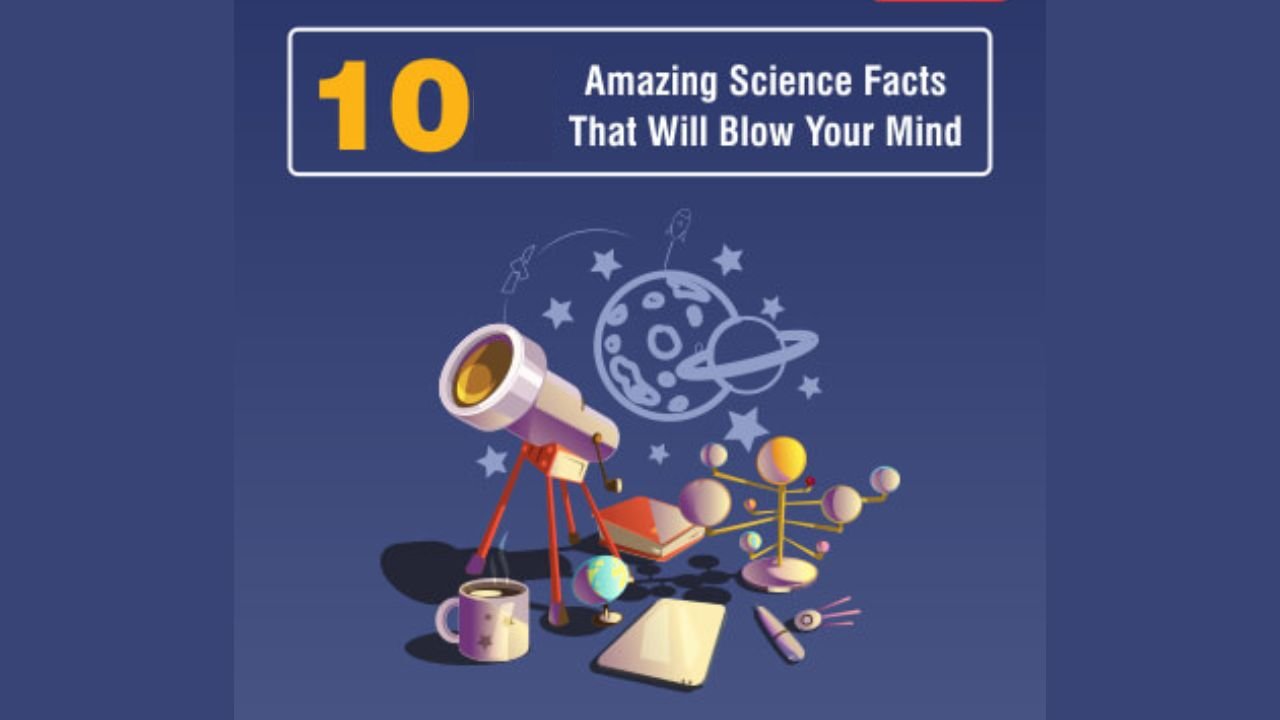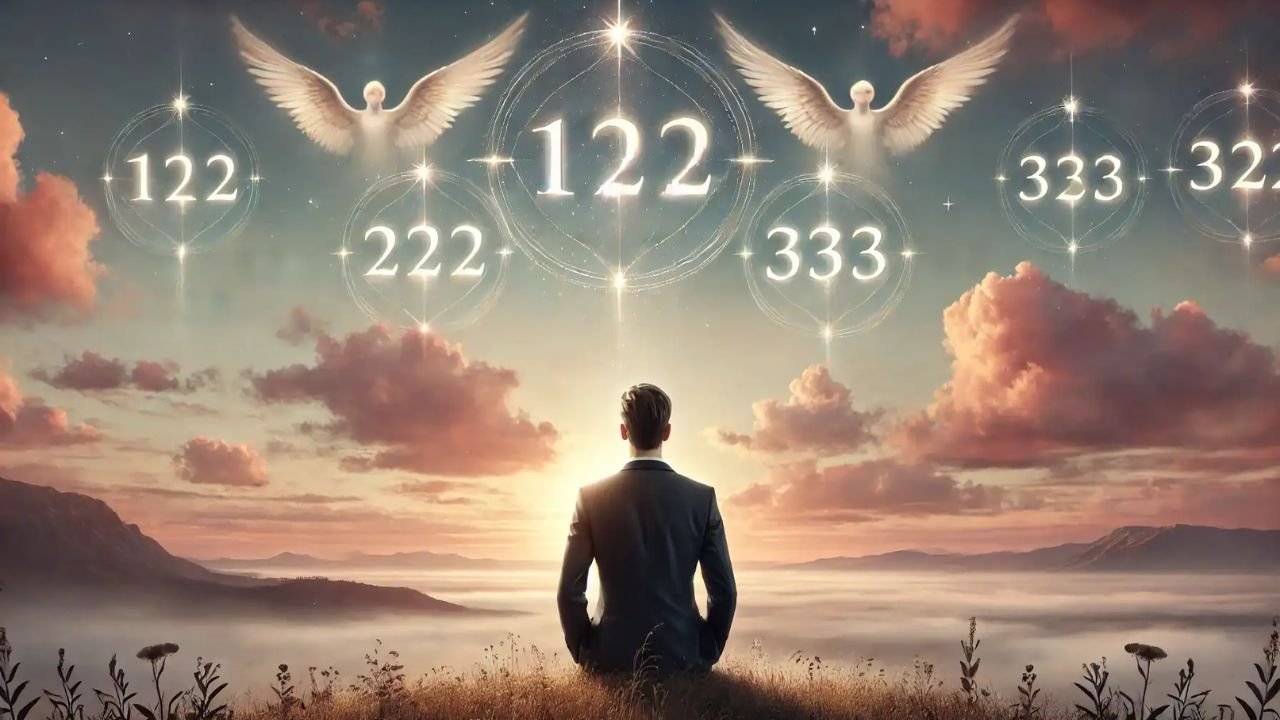The field of science is a place of surprises. There are facts that sound unreal, but somehow, all of them are real. Science makes good things fun and easy to understand, starting with space and going all the way to your brain. These facts create interest, and learning becomes fun.
In this article, we’ll explore interesting facts about science that students and kids will find amazing. These facts are simple to comprehend, entertaining to read, and they suit all ages.
Water Can Freeze and Boil Together
Water can actually freeze and boil at the same time. This happens under special conditions called the triple point. It’s when the temperature and pressure are just right for all three states—solid, liquid, and gas—to exist at once. This isn’t something you’ll see in your kitchen. Scientists recreate this in labs. It’s rare in daily life but very useful in science experiments and space studies.
Bacteria in Your Body Outnumber Human Cells
Your body is more bacteria than human. You have about 30 trillion human cells. But you also carry around 39 trillion bacterial cells. Most of them live in your gut. These are harmless tiny bacteria. They also assist in digestion, immunity and even your mood. Without them, your body wouldn’t work the same way.
One Day on Venus Is Longer Than a Year
On Venus, time is different. Venus takes 243 Earth days to rotate once on its axis. But it goes around the Sun in only 225 Earth days. That means a day on Venus is longer than a year. This fact makes Venus special in our solar system. Venus is studied by scientists to determine the movement and change of the planets.
Lightning Is Hotter Than the Sun’s Surface
Lightning is more than just bright. It’s extremely hot. A lightning bolt can reach up to 30,000°C, which is five times hotter than the surface of the Sun. This heat is sufficient to break air molecules. That is what causes you to hear thunder. It is something like gas exploding with heat and pressure.
Eiffel Tower Grows in Summer
The Eiffel Tower in Paris grows taller in the summer. This is because metal expands when it gets hot. The tower can grow up to 6 inches during hot days. This is a good example of how heat affects matter. It shows how buildings and bridges need room to expand when temperatures rise.
Octopuses Have Three Hearts and Blue Blood
Octopuses are strange sea creatures. They have three hearts. Two hearts send blood to the gills. One heart pumps it to the rest of the body. Their blood is also blue. It contains copper instead of iron. This helps them survive in the deep ocean where oxygen is low.
Bananas Are Naturally Radioactive
Bananas contain a radioactive isotope- potassium-40. This renders them radioactive, to a small extent. But there is no risk. It would take you millions of bananas before you felt bad. This is an interesting fact which reminds us that it is natural to be radioactive. You’d need to eat millions of bananas to feel anything bad. It also shows how safe levels of radiation exist in everyday foods.
Sharks Lived Before Trees
Sharks have been around for over 400 million years. Trees appeared much later, about 350 million years ago. This means sharks are older than trees. They’ve survived five mass extinction events. This makes them one of Earth’s toughest and most ancient creatures.
Your Brain Can Power a Small Bulb
The human brain uses electricity. It generates around 20 watts of power. That’s enough to light a small LED bulb. This power comes from neurons. Each time you think, they send electrical signals. It shows how active and powerful your brain really is.
Frogs Can Freeze and Come Back to Life
Some frogs in cold regions can freeze solid in winter. Their hearts stop beating. They don’t breathe. But by the time the weather gets warm, they defrost and revive. This is referred to as freeze tolerance. These frogs are studied by scientists to know about survival in extreme coldness. It could even help with human organ preservation one day.







